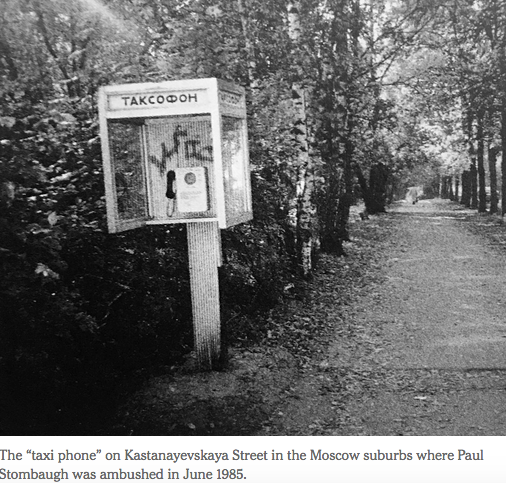When James B. Comey, the F.B.I. director, went before Congress on March 20 and confirmed the existence of the Trump-Russia investigation, it echoed of the Cold War investigations in which the bureau and the C.I.A. searched for agents hidden in the government who had spied for Moscow.
A look back at those Cold War cases may reveal lessons for today’s investigators. Above all, those past cases show it could take years before the new investigation uncovers any answers.
It ends with damage assessments, political posturing and untold secrets.
Even after an arrest is made, counterintelligence officials can spend several more years trying to determine exactly how much damage was inflicted. Often that damage assessment takes on a political tinge, because officials want to either inflate the damage or play it down, depending on what an official or an agency or a department stands to win or lose. That will almost certainly be true with the Trump-Russia investigation.
Frequently, the damage assessment reports remain classified, and the American public is never told how the story really ends.




